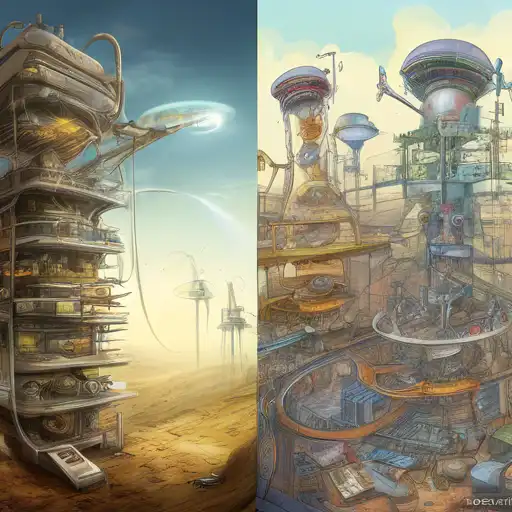Introduction to Software Development Methodologies
In the fast-evolving world of technology, choosing the right software development methodology is crucial for the success of any project. This article compares the most popular methodologies, highlighting their strengths, weaknesses, and ideal use cases to help you make an informed decision.
Waterfall Methodology
The Waterfall model is one of the oldest and most straightforward methodologies. It follows a linear and sequential approach, where each phase must be completed before the next begins. This makes it easy to understand and manage, especially for projects with well-defined requirements. However, its rigidity can be a drawback in projects where requirements are expected to change.
Agile Methodology
Agile is a flexible and iterative approach that focuses on customer satisfaction through early and continuous delivery of valuable software. It encourages adaptive planning, evolutionary development, and rapid response to change. Agile is ideal for projects with uncertain or changing requirements, but it requires a high level of customer involvement and a skilled team.
DevOps Methodology
DevOps is not just a methodology but a culture that promotes collaboration between development and operations teams to automate and streamline the software development lifecycle. It emphasizes continuous integration, continuous delivery, and rapid feedback loops. DevOps is best suited for projects that require frequent releases and high reliability.
Scrum Framework
Scrum is an Agile framework that organizes work into small, manageable pieces called sprints, typically lasting two to four weeks. It focuses on delivering the highest value features first and allows for frequent reassessment of project directions. Scrum is highly effective for teams that value flexibility and rapid iteration.
Kanban Methodology
Kanban is another Agile methodology that visualizes the workflow to identify bottlenecks and improve efficiency. It limits work in progress to ensure that teams focus on completing tasks before taking on new ones. Kanban is ideal for teams looking for continuous delivery without the time constraints of sprints.
Choosing the Right Methodology
Selecting the right software development methodology depends on various factors, including project size, team size, customer involvement, and flexibility requirements. While Agile methodologies like Scrum and Kanban offer flexibility and customer focus, Waterfall provides structure and predictability. DevOps, on the other hand, bridges the gap between development and operations for faster and more reliable releases.
For more insights into optimizing your development process, check out our guide on Optimizing Your Development Process.
Conclusion
Understanding the differences between software development methodologies is essential for choosing the right approach for your project. Whether you prefer the structure of Waterfall, the flexibility of Agile, or the efficiency of DevOps, each methodology has its unique advantages. By considering your project's specific needs and team dynamics, you can select the methodology that best aligns with your goals.
